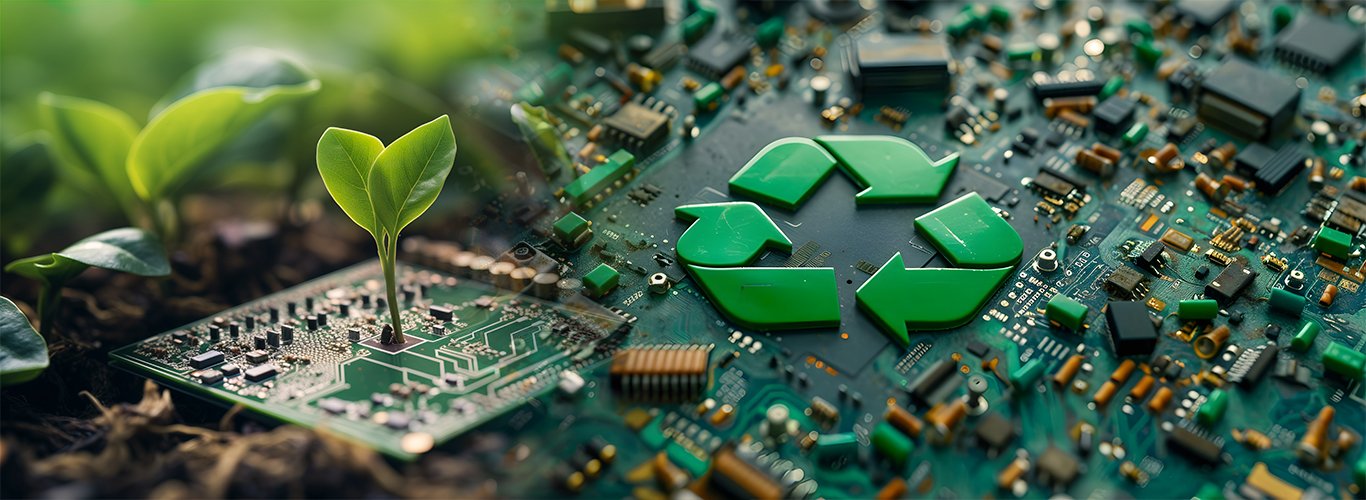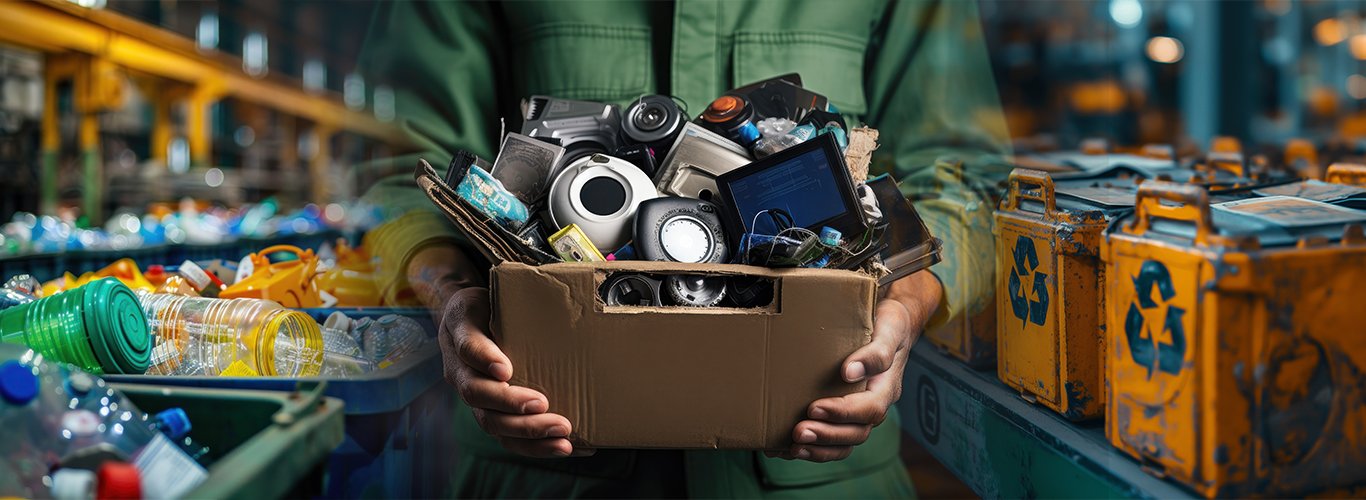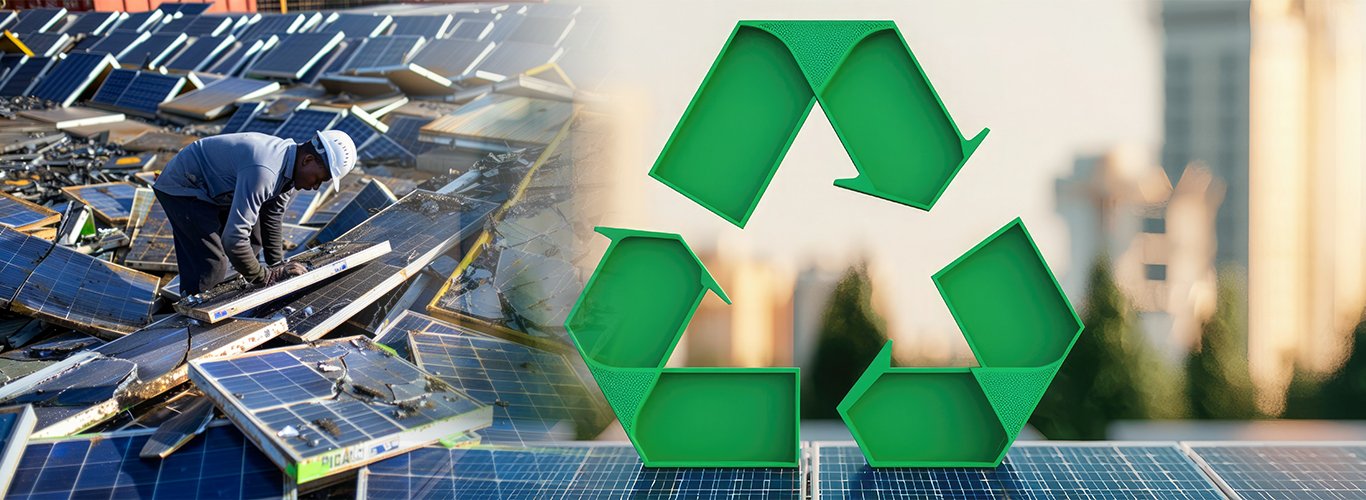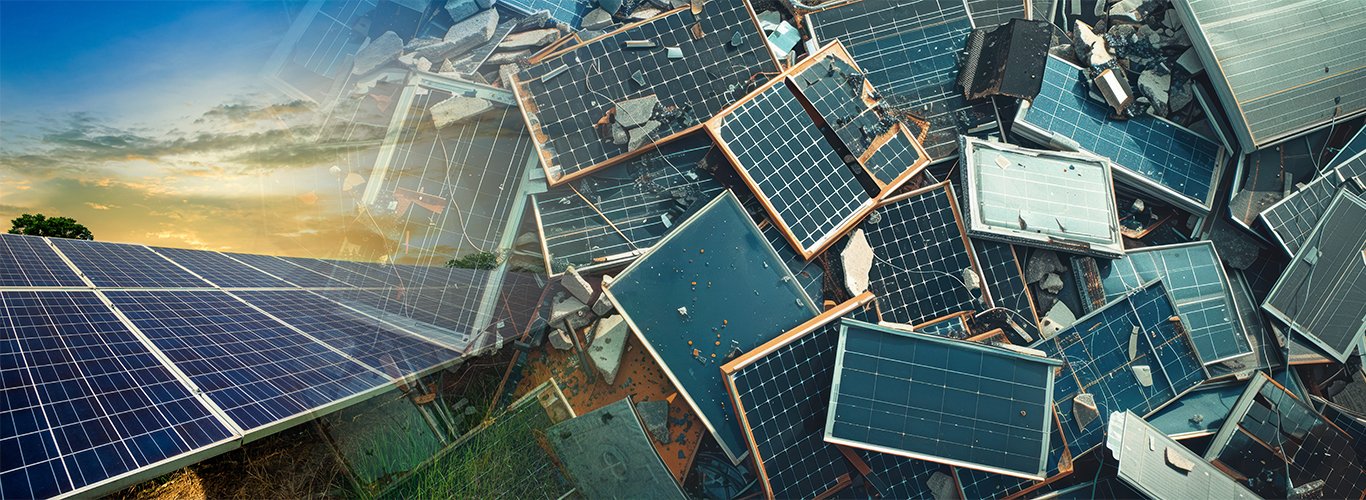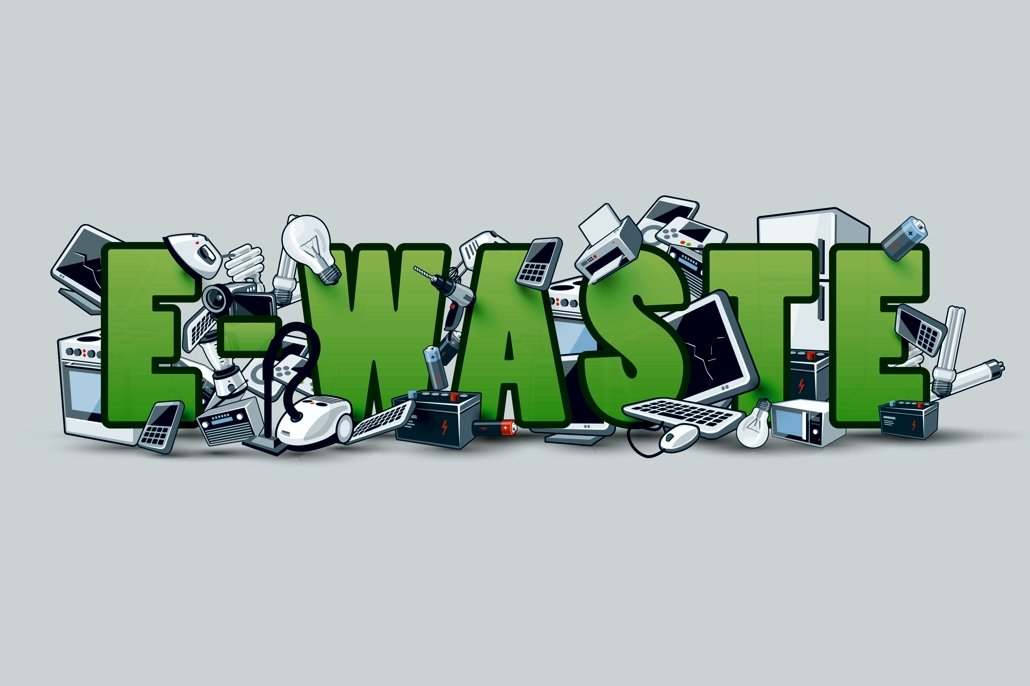
INTRODUCTION OF E-WASTE
E-waste is a (Electronic waste) which is typically included in the discarded Motherboard, computers, Charger, mobile phones, Compact disc, television sets, air conditioners and refrigerators. According to the E-waste globally monitor 2017, about 2 million tonnes india generates (MT) of Annually e-waste and India ranks on the 5th position among the E-waste producing countries. After China, Japan, Germany and the US. In the Mid of 2016-17, India only treated 0.036 MT of its e-waste. About 95percent E-waste of India is recycled in the formal sector in a crude way. The amazing point is that only 20per E-waste is recycled of global E-waste. Due to poor extraction techniques the UN report indicates that the total rate of COBALT recovery is only 30 per. In this article, we will tell every single thing about E-waste. E-waste stands for Electronic waste. The e-waste is generated from obsolete, and the electronic devices of surplus. People refer to e-waste as E-scrap. These types of electronics contain Hazardous materials and toxic contains. And if you don’t dispose of these Electronics properly, it directly causes the release of Toxic substances into the environment. The recycling of e-waste simply refers to the reprocessing and re-use of these electronics. These electronic waste are used in many forms like, Home appliances (air conditioner, electronic cookers, Television, heater, microwave, radios, etc. The other use is in the form of Information tech equipment like your laptops, computers, battery hard disk, circuit boards, etc. The main thing people should know is that e-waste is a bit crucial because the life of electronics is short. As such, the electronic component becomes the electronic waste at a swift pace. Today in the world, recycling of e-waste is one of the hottest issues due to the potential of reducing environmental hazards and pollution. And the other fact is that it can protect our lives as humans and other life forms are also existing in our world.
COMPONENTS OF E-WASTE THAT CAN BE RECYCLE
SO, As you know that e-waste recycling is actually an activity that you can encourage at any level. If you are developing your interest in the recycling of e-waste, or you are trying to build your interest in recycling; so you might want to ask that; which type of a component can we recycle?
● PLASTIC – Material is the material which may be retrieved and sent for recycling. So, the people who are recyclers can use the plastic materials as Plastic sleepers, vineyard stakes and many more.
● Metal – It can be recycled into the manufacture of newer steel products, Metals
● GLASS – From the CRT’S of Monitor, Computer, and televisions. But the little problem is there, CRT’S only contains hazardous substances, such as lead. And This thing is dangerous for both humans and the immediate environment.
And many more uses are there which are uncountable.
BENEFITS OF E–RECYCLING
There are several benefits that you can receive from e-waste.
● To convert the available natural resources E-Waste can help you: IT helps you to recover the valuable material which is taken from the Electronic products which are old or not in use. And this is the process by which you can conserve natural resources. This is just because of the manufacturing of Raw materials from recycled waste. So, yes there is not much need of copper or lead or metal from Nature.
● IT IS PRIORITISING THE ENVIRONMENTAL POSITION: As you observed from the above information, E-waste recycling prioritising the environmental position. It seeks to handle the priorities properly, managing and processing of hazardous and toxic substances such as lead, mercury, etc. As you already read, the steps of E-waste processing any dust which is shorted from the shredded particles must be disposed of in a manner of environmentally friendly process.
● REDUCES THE GLOBAL WARMING AND SAVES THE LANDFILLS: We are reducing the pilling amount of e-waste by reducing the e-waste up at these places.
This is just because of the two-third of waste in landfills which are biodegradable and have the capability of breaking-down into the natural elements.
CONCLUSION
As we know that e-waste recycling is necessary but it is our responsibility that it should be conducted in a safe way and also in the standardised method

